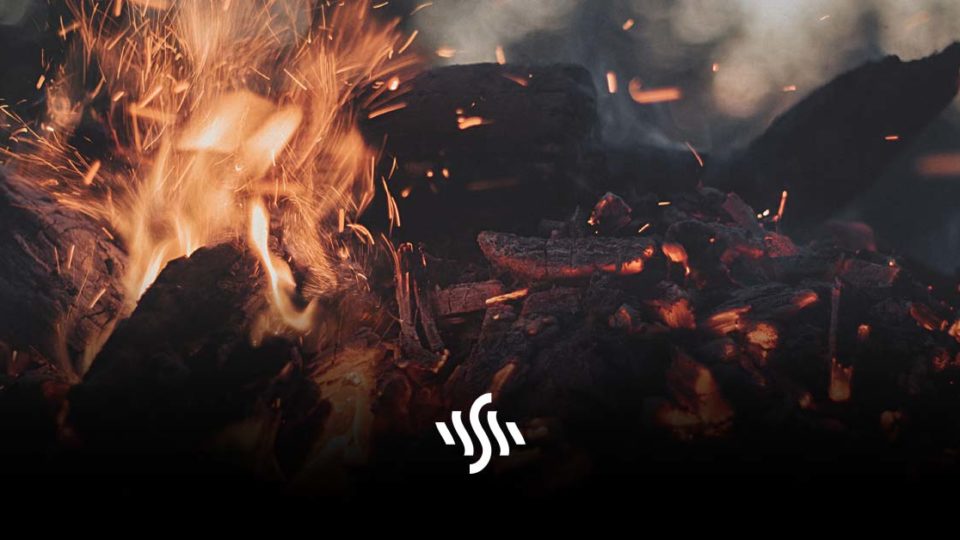Fire Sound Effects | 5 Different Methods
How do you capture Foley when the original source of the sound is dangerous? Here’s how to create fire sound effects safely!
One big thing to know about creating sound effects is that, oddly, the real thing itself never quite sounds like the thing. Let me explain…
If you wanted to record some footsteps crunching in deep snow, you might think, “well, I’ll go find some snow and get my boots on.” However, this rarely results in a sound that is identifiable as footsteps in snow. It’s often more effective to find alternative objects and materials to recreate the sound. For example, by crunching a bean bag.
This is particularly handy when it comes to trying to record things that pose hazards or can prove difficult to capture safely. For instance, a roaring blaze or even just a small crackling fire. So, here are some methods and objects that work great for recreating the sounds of real fire!
Bubble Wrap
Don’t have a secure fireplace where you live? No problem. Just get your hands on some good old bubble wrap. The rustling of this material and the popping of the bubbles nicely replicates the crackling of wood logs in a hearth.
Twigs
You don’t need to set fire to twigs to get them to crack and snap. You can just do that yourself! This works best if you layer the recording over the top of another fiery sounding object when you come to edit your SFX.
Clothing
When you listen to a recording of fire, you’ll notice that the bulk of the sound is hot air whooshing about. It’s almost as if you can hear the flames licking the wood. Heavy clothing, like denim, works perfectly for creating fire sound effects.
Simply rustle and wave the clothing around to achieve the airy flame effect.
Balloons
Or just one balloon, to be precise. Lots of fires are made up of wood that hasn’t fully dried out yet, particularly campfires in forests. This means that the moisture in the wood boils, fizzes and squeaks.
Slowly letting the air out of an inflated balloon, whilst holding onto the opening, gives you the perfect squeal and squeak often heard in fires.
Layering
You can layer all these individual materials together to create a really full and realistic sounding fire.
Not all fire sound effects should sound the same, since not all fires are identical. By playing around with the mix of these materials, you’ve got an endless array of fire sound effects at your fingertips.
If you want to share your sound effects, become a Synchedin contributor today!
Earn passive income for your SFX, as they get used by creators in films, YouTube videos, and much more.
